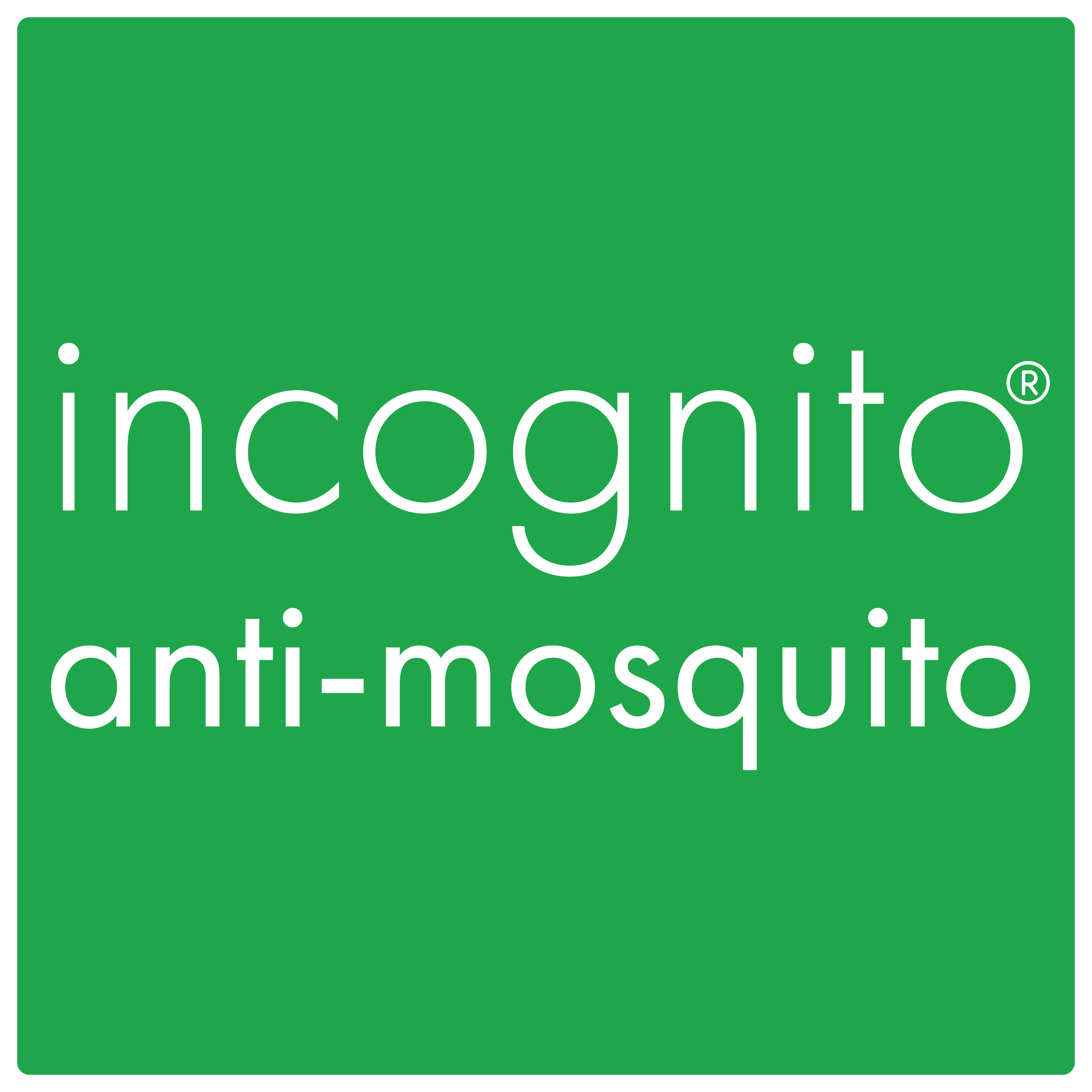Technology advances nowadays seem to be an ever-expanding pool of possibility. Opportunities offered by innovation can be exciting and truly have the ability to reinvent landscapes if they prove successful! In this blog post we have found some of the most innovative solutions currently dealing with mosquitoes, which nearly everyone loves to hate!

Avoiding all bites is the only sure fire way of preventing a tropical disease like malaria or dengue fever as just a single bite is needed to transmit an infection. If not diagnosed quickly, the infection can become very serious. Lack of access to lab facilities and experts can make an accurate diagnosis of Malaria difficult to achieve in many areas of the world. While Rapid Diagnostic Tests (RTDs) have sought to overcome this problem, they remain less reliable than traditional tests. To combat the problems of misdiagnosis, researcher Casey Pirnstill has designed a device which transforms a simple cell-phone into a microscopic device which uses polarized light to detect malaria. The aim is to create a low-cost, accurate technology which is small enough to use in the field. Although in its early stages, this project looks hugely promising and will be interesting to follow through 2016!
Microsoft’s ‘Project Premonition’ is a scheme that has managed to find a silver lining in the blood-sucking tendencies of mosquitoes. Recognising the efficient way mosquitoes carry out their daily activities, rather than using humans as collectors of blood for sampling, this project uses mosquitoes, effectively turning them into ‘nature’s drones’. After then collecting these mosquitoes (using more drones), they are sorted into species
 and their genes analysed to detect viruses that might be dangerous to humans. The aim is to detect and predict the spread of disease before it reaches us so that our preventative measures are given a head start! This could save thousands of lives, as well as huge costs to economies trying to deal with the spread of disease. Whilst Project Premonition seems to be advancing smoothly, there remain many challenges associated with its revolutionary methods.
and their genes analysed to detect viruses that might be dangerous to humans. The aim is to detect and predict the spread of disease before it reaches us so that our preventative measures are given a head start! This could save thousands of lives, as well as huge costs to economies trying to deal with the spread of disease. Whilst Project Premonition seems to be advancing smoothly, there remain many challenges associated with its revolutionary methods.
Mosquito nets impregnated with insecticides are hugely important as they provide protection from mosquito bites between dusk and dawn when Malaria carrying mosquitoes tend to feed. According to a recent study, conventional mosquito nets kill fewer than 10% of mosquitoes! However a new method of coating these nets claims to be up to ten times more effective, in some cases killing 100%! Unfortunately, resistance to conventional insecticides is on the rise, but adding a higher dosage to kill off the mosquitoes isn’t as simple as it sounds. Scientists have been puzzling over how to resolve this, and recently, a group of Dutch researchers claim to have found a solution. Using an electrostatic coating,the mosquito nets carry a much higher dose of insecticide than has been previously possible. This lethal dose is then passed onto mosquitoes landing on the net within seconds! Whether or not this tech-fix offers a complete solution remains debatable, as clinical tests have yet to be conducted outside of Europe where atmosphere and moisture levels are very different to most Malarial areas. Click here to buy a net.
 The game-changing nature of technology is an exciting thought, here at incognito® we’ve also set ourselves apart from the rest. As the only dual-action insect-repellent on the market, our formula both camouflages users and repels insects. Our 100% natural repellent takes a different approach to combating mosquito bites in the same way that the technologies in this blog post are doing. As the only insect repellent clinically proven to protect against malaria when used in conjunction with an impregnated mosquito net, we’re happy to say that it’s working!
The game-changing nature of technology is an exciting thought, here at incognito® we’ve also set ourselves apart from the rest. As the only dual-action insect-repellent on the market, our formula both camouflages users and repels insects. Our 100% natural repellent takes a different approach to combating mosquito bites in the same way that the technologies in this blog post are doing. As the only insect repellent clinically proven to protect against malaria when used in conjunction with an impregnated mosquito net, we’re happy to say that it’s working!


Comments (0)
There are no comments for this article. Be the first one to leave a message!